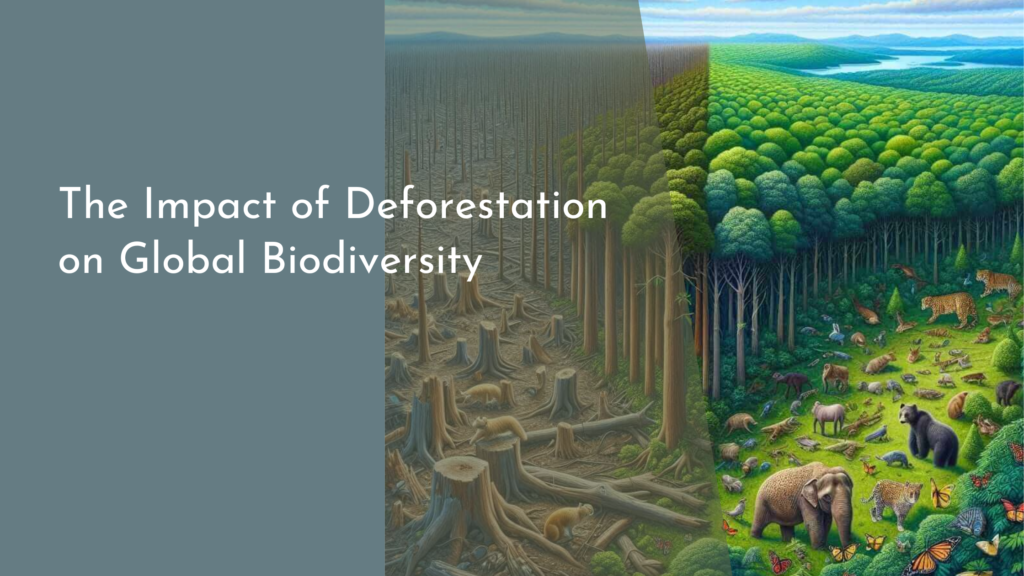How Urban Forestry Improves Public Transportation Corridors
Urban forestry is often celebrated for its contributions to biodiversity, climate regulation, and community well-being. However, one of its most significant yet frequently overlooked roles lies within our public transportation corridors. By integrating trees and green spaces into transit routes, cities can create more inviting, healthier, and sustainable travel experiences for commuters and residents alike. The presence of greenery not only enhances the visual appeal of transit corridors but also serves key environmental and social functions that enrich urban life.
The Green Benefits of Trees Along Transit Routes
Trees along public transportation routes serve as nature’s air filters, capturing pollutants and dust while releasing oxygen. This green canopy helps mitigate the urban heat island effect, reducing temperatures in densely populated areas. The shade provided by trees can lower the heat on surfaces like sidewalks and bus stops, making these spaces more comfortable for waiting passengers. Additionally, well-planned urban forestry can provide essential habitats for local wildlife, promoting biodiversity even in urban settings.
Moreover, trees play a vital role in stormwater management. They absorb rainwater through their roots, reducing runoff and minimizing the risk of flooding in transit corridors. This natural filtration system not only protects local waterways from contamination but also reduces the burden on municipal drainage systems. By leveraging the benefits of urban forestry, cities can create sustainable transit routes that align with environmental goals, leading to a healthier urban ecosystem overall.
Enhancing Air Quality Through Urban Tree Canopies
Air quality is a crucial factor in public health, and urban trees significantly improve it in areas surrounding public transportation. Trees capture carbon dioxide, a major greenhouse gas, while also filtering out particulate matter and other harmful pollutants. This enhanced air quality is particularly important in transit corridors, where commuters are often exposed to vehicle emissions. Studies have shown that neighborhoods with more trees experience lower rates of respiratory issues, providing a direct link between urban forestry and public health.
In addition to filtering air, tree canopies help to lower temperatures through evapotranspiration, which further reduces the need for air conditioning in nearby buildings. This cooling effect can lead to lower energy consumption and reduced greenhouse gas emissions, contributing to overall climate resilience. As cities aim to become more sustainable, the role of urban forestry in improving air quality along public transportation routes cannot be overstated.
Creating Aesthetic Pleasures for Commuters and Residents
The aesthetic appeal of urban forestry along public transportation corridors enhances the travel experience for commuters and encourages the use of public transit systems. Trees and greenery create a visually pleasing environment that can uplift the mood of passengers, making everyday commutes feel less monotonous. Well-maintained landscapes can transform simple bus stops and train stations into inviting spaces where people want to linger, fostering a sense of community and belonging.
Moreover, vibrant green spaces foster a connection to nature that can reduce stress for commuters. The psychological benefits of being surrounded by nature are well-documented; they include lower anxiety levels and improved mental well-being. By integrating urban forestry into public transportation corridors, cities not only beautify their landscapes but also promote mental health and well-being, making public transit a more attractive option for residents.
Fostering Community Connections Through Green Spaces
Urban forestry along transit corridors can serve as a catalyst for community connections. Green spaces can become informal meeting spots for neighbors, encouraging social interaction among commuters and residents. Parks and tree-lined streets provide areas for gatherings, cultural events, and community activities that foster a sense of unity. This interaction is essential for building stronger, more resilient communities, especially in urban areas where social isolation can be prevalent.
Additionally, these green corridors can promote civic engagement by inviting residents to participate in their upkeep, such as tree planting and maintenance initiatives. When communities feel a sense of ownership over their local environment, they are more likely to advocate for sustainable practices and support local policies that prioritize green infrastructure. Urban forestry along transit routes thus not only enhances the transit experience but also strengthens the social fabric of neighborhoods.
In conclusion, urban forestry plays a pivotal role in improving public transportation corridors through various benefits, including enhanced air quality, aesthetic appeal, and community connection. As cities continue to evolve and face new environmental challenges, integrating greenery into transit routes will not only create healthier urban spaces but also foster vibrant communities. By prioritizing urban forestry, we can transform public transportation into a sustainable, inviting, and enjoyable experience for everyone.

